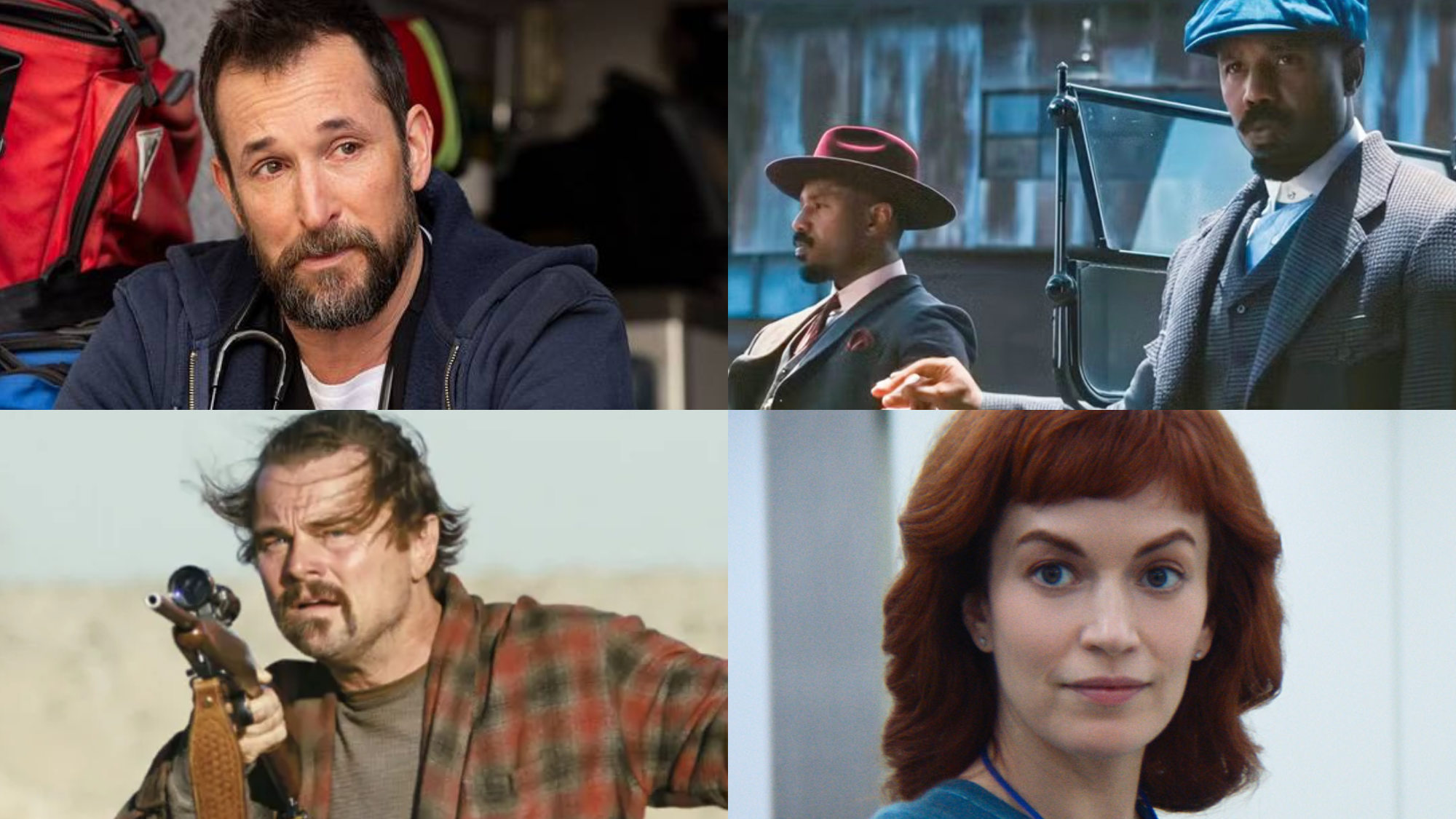Xbox One is dead — but its spirit lives on in Xbox Series X
Xbox One leaves a lasting legacy still felt today

FYI: There has been some chatter about concerns that the Xbox Series X vents can get clogged with dust, but we've seen no hint of this with the Series X consoles the Tom's Guide team has.
The Xbox One is dead! Long live the Xbox One! Microsoft has officially confirmed that Xbox One has been discontinued and that its production came to an end in 2020.
This makes sense: while Sony plans to produce a million more PS4s before the end of 2022 as securing PS5 restocks remains a serious struggle, Microsoft seems to have the Xbox Series S more readily available than its flagship console. And the less powerful machine is still better than the last-gen consoles.
As such, the official end of the Xbox One has finally come and that has me reflecting on the lifetime of the console that spanned some seven years. It may not have hit the heady 85.8 million units sold like the Xbox 360, but 48.6 million consoles sold is nothing to be sniffed at. And the Xbox One has left a legacy.
Xbox One missed the spot (at first)
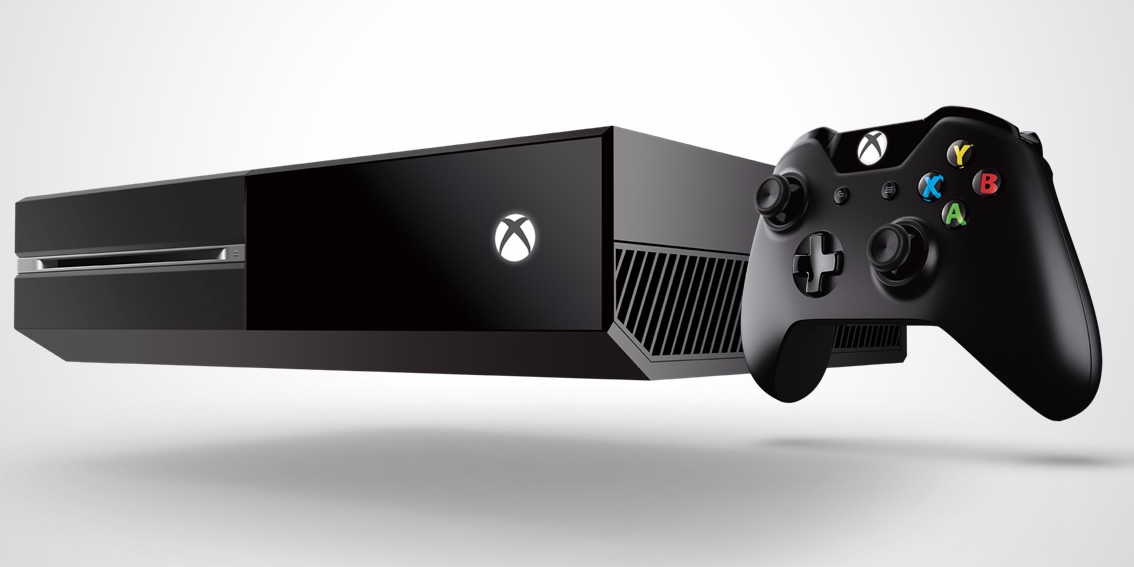
Things weren't so rosy when the Xbox One was first revealed in May 2013. After the stellar success of the Xbox 360, the hype was high for the Xbox One. But when Microsoft took the covers off, fans were greeted by a chunky unit that looked more like a VCR box than a new games console for a young decade.
But beauty is in the eye of the beholder, so Microsoft could have glossed over the original Xbox One design and wow with next-gen games; that didn’t happen. Rather than show off a new Halo or Fable, Microsoft spoke about the Skype integration in the Xbox One, its entertainment features and a bizarre HDMI-in port that could even allow you to connect a PlayStation to it.
The reveal was bizarre, seeming to target home entertainment setups rather than games. Things got worse when Microsoft noted that the Xbox One will constantly need an internet connection so game ownership could be monitored, effectively adding global DRM to Xbox games.
Get instant access to breaking news, the hottest reviews, great deals and helpful tips.
And then there was the price: $499 for a console — in 2013 that was a lot. Sure, Microsoft would bundle in a Kinect, which was cool for tech fans but a bit of an oddity for everyday gamers. And not being able to simply buy the console rubbed people up the wrong way.
Comparatively, the PS4 was all about being a games console with a suite of exclusives, a $399 launch price, and sharing games was as easy as passing your pal a game disc. Unsurprisingly, when both consoles launched in November 2013, the PS4 came out on top and remained the top dog, having sold 116.6 million consoles thus far.
Microsoft backtracked a lot of these decisions, though the messaging was sloppy for a while. The Kinect, which has now gone the way of the Dodo, was also de-bundled from the Xbox One, reducing the price of the console. That was a smart move, but it must have stung early adopters.
The Kinect also left a spectre in the form of graphical power being allocated to powering the movement-tracking camera. Removing the Kinect did seemingly give developers more GPU power to play with, but the Xbox One tended to render games at 900p when the PS4 hit 1080p — the native resolution for Full HD TV at the time. Safe to say the beginning of the Xbox One was bumpy.
Far from One and done

But Microsoft doesn't tend to stand still. So just less than three years later in August 2016, the Xbox One S was released. This took the original Xbox One and reworked it into a smaller box with an integrated power brick, as well as access to a 4K Blu-ray player and HDR support; storage for it also went from 500GB to a healthy 2TB.
The Xbox One S was a far better prospect for Xbox fans, not least because it started at a much more appealing $299. As such, it wholly replaced the original Xbox One.
Backward compatibility was also brought in and expanded upon. When the Xbox One launched there was no native backward compatibility, meaning if people wanted to play old Xbox games on their Xbox One they needed to attach an Xbox 360 via the HDMI-In port.
But in 2015, Microsoft started working on backwards compatibility for the Xbox One. And it’s grown ever since, offering access to games that go as far back as the original Xbox; this culminated in Microsoft adding a further 76 backward compatible games to the Xbox One. This approach is still seen today with the Xbox Series X and Series S’ comprehensive backward compatibility with features to make games run better like FPS Boost.
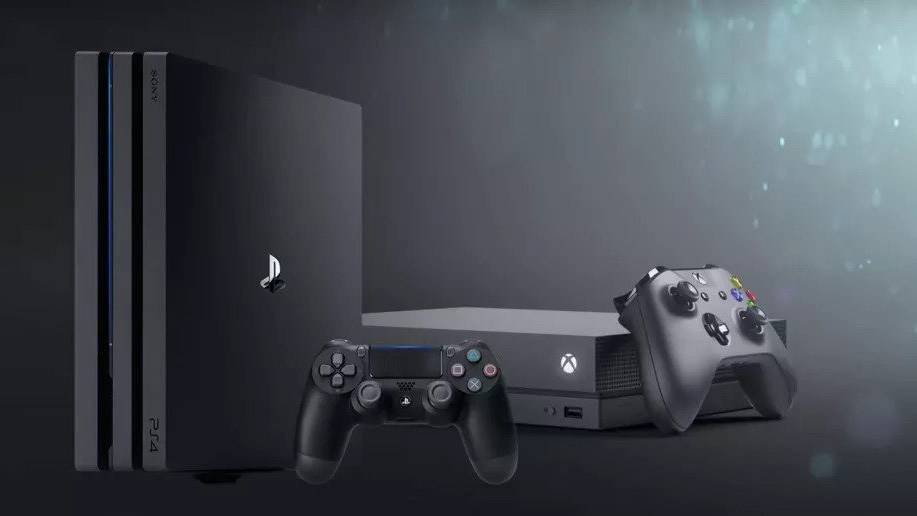
From there the Xbox One grew into a family of consoles. In 2017 the Xbox One X arrived, flipping things around and making an Xbox the most powerful console in the world.
While the PS4 Pro could occasionally render games in 4K, it tended to use a process called chequerboard rendering to up mix lower-res images into pseudo 4K. But the Xbox One X mostly targeted native 4K and tended to outperform its PlayStation rival.
It was the One X that had motivated me to finally get a modern Xbox; I bought it mostly to get the best Red Dead Redemption 2 experience I could in 2019. And I wasn’t disappointed as that game in native 4K looks utterly fantastic.
Finally, in 2019 an all-digital version of the Xbox One S was released. What would have been bizarre back at the launch of the original Xbox One now made sense, as Xbox Game Pass had really started to take off.
Xbox Game Pass prowess
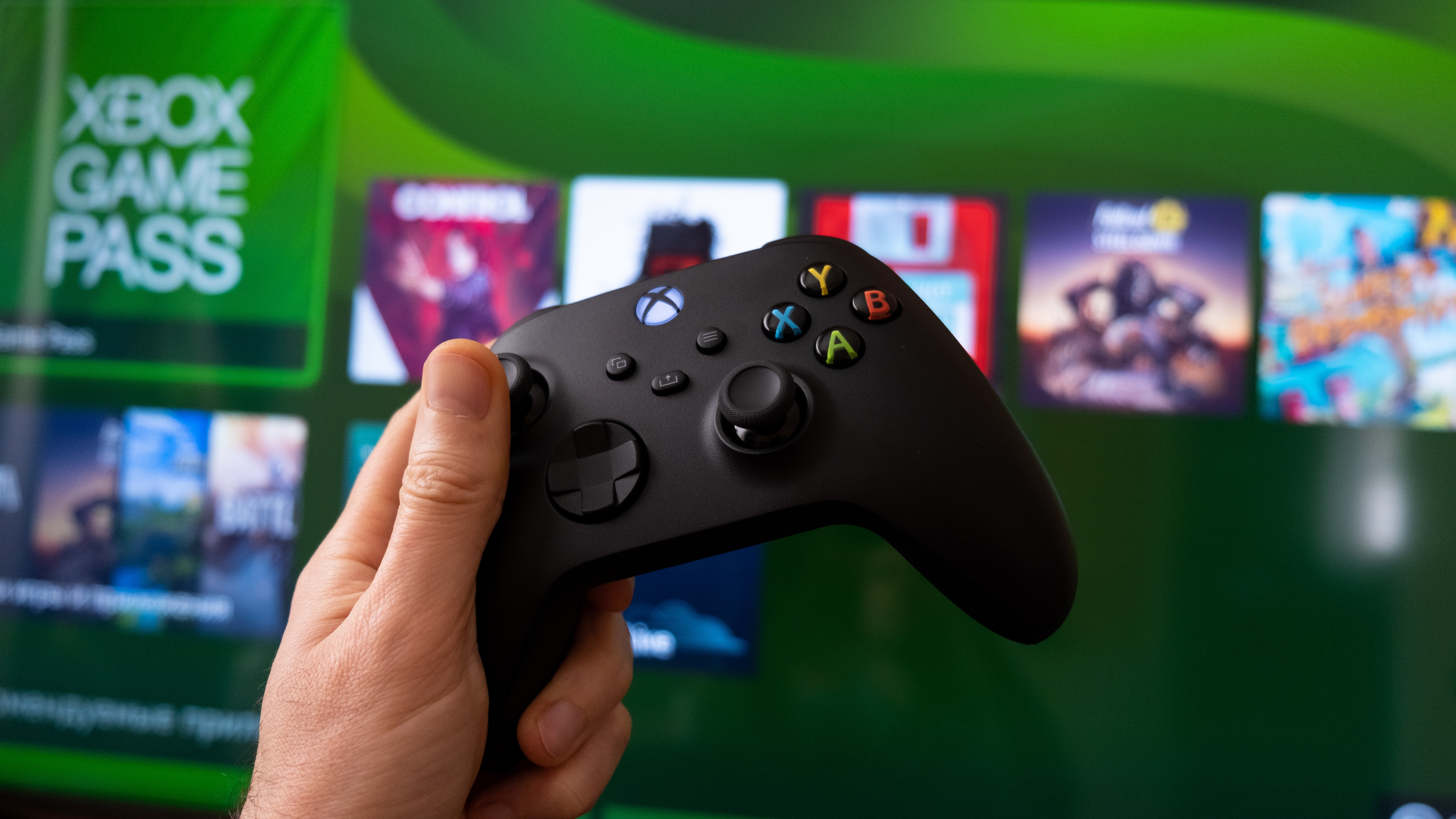
First launched in 2017, Game Pass grew out of Xbox Live Gold and was the brainchild of Xbox boss Phil Spencer who aimed to flip the initial perception of the Xbox as an entertainment hub and see it more as a gaming device.
With Game Pass, users got access to the online services of Xbox Live as well as a suite of the best Xbox One games and older titles.
Then came Game Pass Ultimate, which bundled the Xbox service with the PC service, with cross-saves enabled in some games. That grew to include cloud-based game streaming allowing users to play Xbox games on their Android devices providing they have a good internet connection.
And that’s now developed further to enable Game Pass streaming on Apple devices via the Safari browser, Windows computers and more. It makes Xbox Game Pass the best deal in gaming, as well as arguably the crowning achievement of Microsoft's gaming arm.
Xbox One: Leaving a legacy
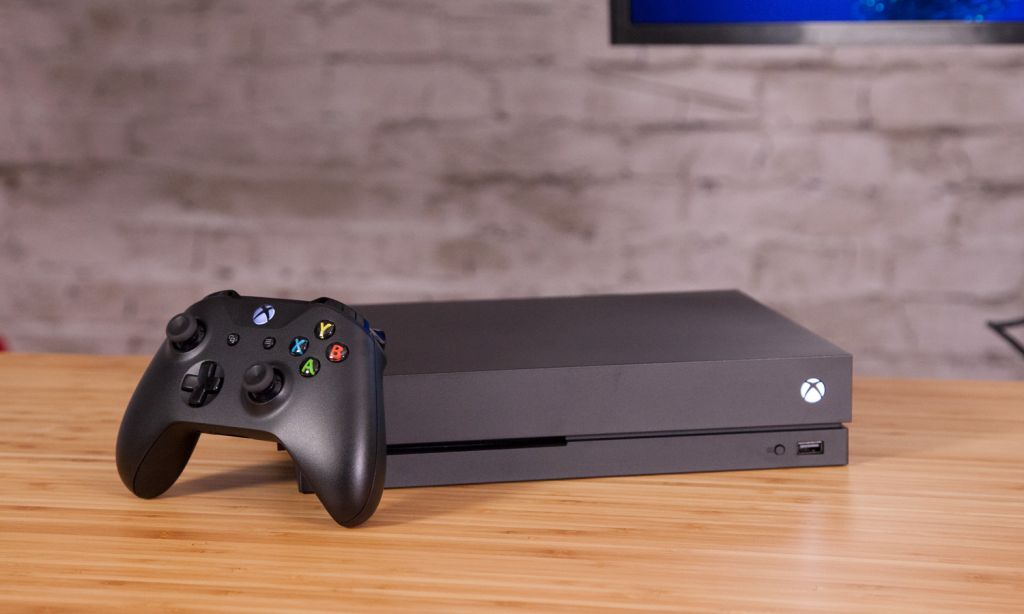
Given Xbox Series X restocks are still tricky to secure, the Xbox One is still relevant today as there are plenty of cross-generation games available for it, like Assassin's Creed Valhalla and Halo Infinite.
And even when the console begins to flag, Xbox Cloud Gaming via Game Pass enables games to be streamed to the Xbox One; I’ve tried this with Forza Horizon 5 and was impressed by how stable it all was.
But with no more Xbox One consoles being made, Microsoft has called time on the last-gen machines. Yet it lives on in spirit.
Sure, the initial Xbox One launch was a mess. But then the Xbox we know today with the voracious approach to backward compatibility support, game access, and the expansion of Game Pass, all stemmed from the Xbox One.
And during the reign of the Xbox One we’ve seen Microsoft build out Xbox Game Studios and acquire Bethesda, which has delivered stellar games like Psychonauts 2 and Gears 5. It also promises to see some huge exclusives this year, like Starfield and Redfall.
So pour one out and raise your glass to the Xbox One, as I firmly believe it’s the reason why I concluded that the Xbox Series X is the ultimate Xbox.

Roland Moore-Colyer a Managing Editor at Tom’s Guide with a focus on news, features and opinion articles. He often writes about gaming, phones, laptops and other bits of hardware; he’s also got an interest in cars. When not at his desk Roland can be found wandering around London, often with a look of curiosity on his face.
